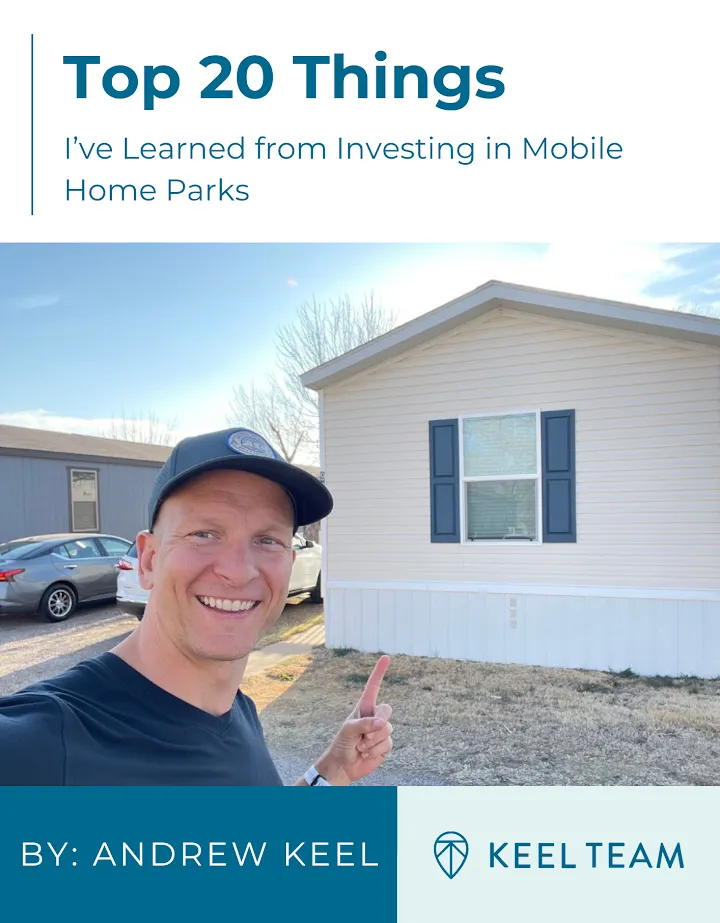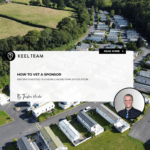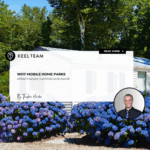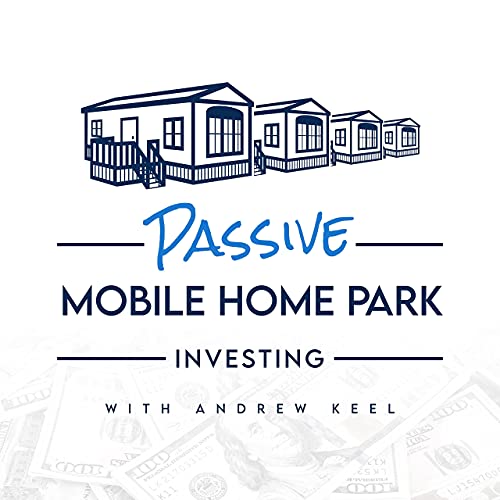How to Turn Around a Mobile Home Park in Just 12 Months
-
 Tristan Hunter - Investor Relations
Tristan Hunter - Investor Relations
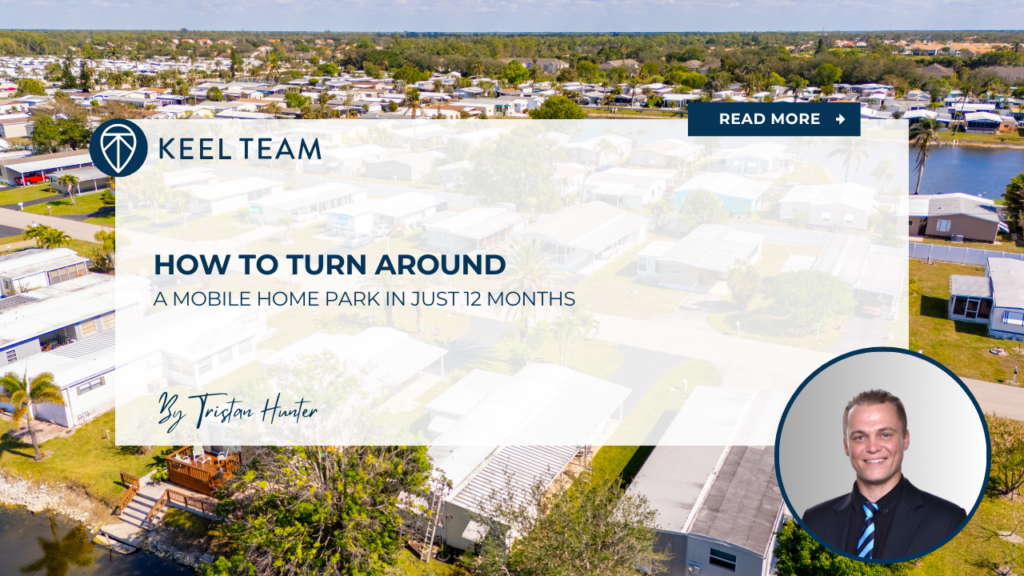
Investing in an underperforming mobile home park could potentially yield significant rewards, but it often comes with challenges like deferred maintenance, low occupancy, and outdated infrastructure. With a thoughtful 12-month plan, you might transform a struggling mobile home park into a profitable, thriving community. This guide explores actionable strategies to address common areas of mismanagement, offering ideas to potentially enhance a mobile home park’s value and cash flow.
Why Consider Turning Around an Underperforming Mobile Home Park?
Underperforming mobile home parks often sell at a discount, which could present opportunities for savvy investors to add value if approached strategically. By tackling operational inefficiencies and physical neglect, you could increase net operating income (NOI) and property value. Success, however, often depends on careful planning, consistent effort, and patience. Here are some steps you might consider to revitalize a mobile home park over the next 12 months.
Step 1: Assess and Address Deferred Maintenance
Explore the Property’s Condition
You can begin by assessing the mobile home park’s physical condition. Consider hiring a professional inspector to evaluate infrastructure, such as plumbing, electrical systems, and sewer lines. Look for urgent issues, like leaking pipes or faulty wiring, that could disrupt operations or discourage tenants. Creating a prioritized list of repairs to address over the next 12 months could help you stay organized.
Plan Your Repair Budget
It could be wise to allocate funds for critical repairs first, such as addressing water leaks or replacing damaged electrical pedestals. Deferred maintenance can sometimes lead to costly emergencies, so tackling these issues early could be beneficial. For less urgent tasks, like painting common areas, you might spread them out over the year to manage cash flow. Completing high-impact repairs within the first three months could help build momentum.
Download our FREE eBook on the Top 20 things to know BEFORE investing in mobile home parks!
Step 2: Resurface Roads for Better Accessibility
Check Road Conditions
Potholes and cracked roads can create safety concerns and make the mobile home park less appealing. Walking the property to identify areas needing resurfacing might be a good starting point. For significant damage, consulting a paving contractor to estimate costs for asphalt or gravel repairs could provide clarity.
Consider Road Improvements
You can resurface roads in phases to spread out costs if needed. Focusing on high-traffic areas first, like entrances and main thoroughfares, could improve accessibility. Well-maintained roads often enhance a mobile home park’s curb appeal and tenant satisfaction. Completing major roadwork within six months, weather permitting, might ensure year-round accessibility.
Step 3: Enhance Fencing, Signage, Landscaping, and Overall Condition
Improve Fencing
Fencing helps define a mobile home park’s boundaries and can enhance security. You might consider replacing broken or rusted fences with durable materials like vinyl or chain-link. A sturdy, attractive fence could make the community feel safer and more welcoming.
Update Signage
Outdated or faded signs might deter prospective tenants. Investing in a modern, professionally designed entrance sign that reflects the mobile home park’s brand could be worthwhile. Adding clear directional signs within the community might also improve navigation for residents and visitors.
Refresh Landscaping
Trimming overgrown trees, mowing lawns, and planting low-maintenance shrubs could boost aesthetics. If budget allows, adding communal green spaces or picnic areas might foster a sense of community. Regular landscaping maintenance often signals to tenants that the mobile home park is well-cared-for.
Maintain Overall Appearance
Power-washing sidewalks, repainting faded buildings, and cleaning up trash or debris could create a positive first impression. Completing these aesthetic upgrades within the first six months might attract new tenants and encourage existing ones to stay.
Step 4: Increase Occupancy to Boost Revenue
Explore an Infill Strategy
Low occupancy often challenges underperforming mobile home parks, and attracting organic move-ins can be tough since tenants typically need to own a mobile home, which can be costly to move. One approach might be to adopt an infill strategy by purchasing new or used mobile homes to place on vacant lots. For used homes, thoroughly inspecting them and budgeting for rehabilitation—such as repairing plumbing, updating flooring, or replacing appliances—could ensure they meet tenant expectations.
Once the homes are ready, you could market them as park-owned homes initially. Listing them on platforms like Facebook Marketplace, Craigslist, mobile home park directories, or local real estate groups, while highlighting recent improvements like resurfaced roads or enhanced landscaping, could draw interest. Later, you might consider converting these park-owned homes to tenant-owned homes through a rent-to-own model. In this approach, tenants pay lot rent plus an additional amount toward purchasing the home, gradually building equity. Offering incentives, like a discounted down payment or flexible terms, might attract reliable tenants. This strategy has often helped boost occupancy and can reduce the burden of maintaining homes yourself.
Screen Tenants Thoughtfully
You could attract dependable tenants by using a thorough screening process. Checking credit history, rental references, and income could help ensure tenants can pay rent consistently. Higher-quality tenants often reduce turnover and maintenance costs, supporting long-term occupancy growth. Aiming for 90% occupancy within 12 months could be a reasonable target.
Step 5: Bill Back Utilities to Reduce Expenses
Consider Submetering Systems
Utility costs can sometimes eat into profits in mobile home parks. Installing submeters for water to bill tenants directly for their usage might be an option. Submetering often encourages conservation and shifts costs from the operator to residents. Checking local regulations to ensure compliance before implementing could save headaches.
Communicate Changes Transparently
Notifying tenants of any new billing structure in advance might help ease the transition. Providing clear explanations of how submetering works and its benefits, like promoting fair usage, could build understanding. Rolling out utility billing within nine months might help recover costs sooner.
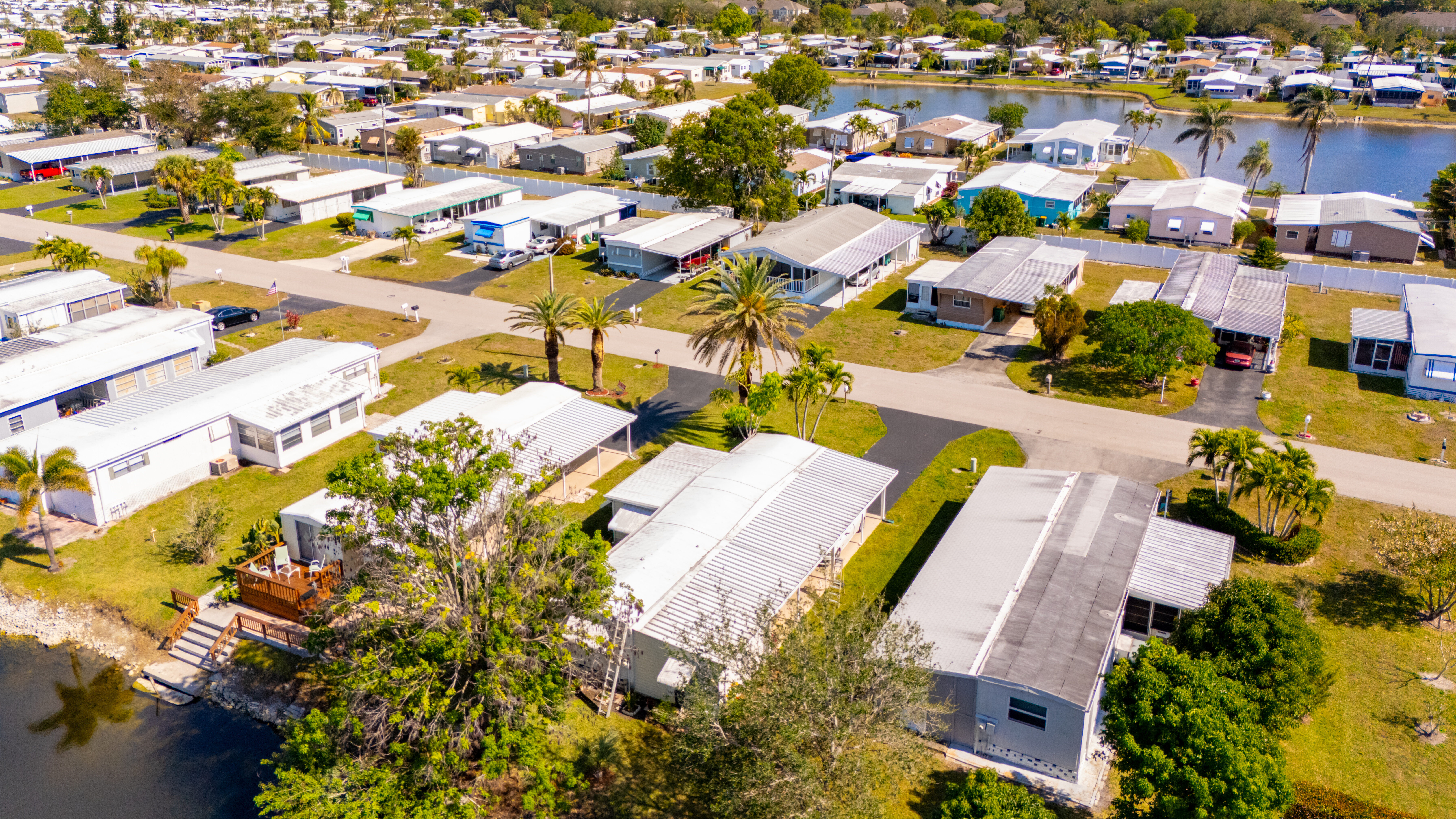
Step 6: Gradually Increase Rents to Market Levels
Research Local Rents
You can compare your mobile home park’s lot rents to similar communities in the area. If rents are below market, there could be room to adjust them. However, sudden increases might lead to tenant turnover, so proceeding cautiously could be wise.
Adjust Rents Gradually
Raising rents incrementally, such as 5-10% annually, to align with market rates might help maintain tenant satisfaction. Communicating increases 60-90 days in advance and tying them to visible improvements, like new fencing or resurfaced roads, could justify the change. Reaching market-level rents by the end of the 12 months might be a realistic goal.
Step 7: Convert Park-Owned Homes to Tenant-Owned Homes
Understand Potential Benefits
Park-owned homes often require ongoing maintenance and management, which can reduce profits. Converting these to tenant-owned homes might shift repair responsibilities to residents, potentially lowering your expenses. Tenants who own their homes might also stay longer, which could stabilize occupancy.
Step 8: Reduce Expenses Wherever Possible
Review Operating Costs
Taking a close look at the mobile home park’s expenses, like utilities, maintenance, and management fees, might reveal areas to save. Negotiating better rates with vendors or switching to energy-efficient lighting could lower electricity bills without sacrificing quality.
Streamline Operations
Using property management software to automate rent collection and maintenance requests might reduce administrative costs and improve efficiency. Training staff to handle minor repairs in-house could also avoid costly contractor fees. Aiming for a 10-15% reduction in operating expenses by year’s end might be achievable.
Tips for Sustained Success
Foster Community Spirit
Hosting events like barbecues or holiday celebrations might encourage a sense of belonging among residents. Happy tenants often stay longer and recommend the mobile home park to others, potentially supporting occupancy and revenue growth.
Track Progress Regularly
Monitoring key metrics, like occupancy rates, NOI, and expense ratios, might help you gauge turnaround progress. Adjusting your approach as needed could keep you on track. Regular monitoring often helps spot issues early and seize opportunities.
Stay Compliant with Regulations
Mobile home parks often face strict zoning and operational regulations. Working with a local attorney to ensure compliance with state and municipal laws might help avoid costly fines and protect your investment.
Conclusion: Transform Your Mobile Home Park with Confidence
Turning around an underperforming mobile home park in 12 months can be challenging but potentially rewarding. By exploring these strategies, you might significantly enhance the property’s value and cash flow potential. Starting with a detailed plan, executing thoughtfully, and tracking progress could maximize results. With persistence and strategic effort, your mobile home park could become a thriving, profitable asset in just one year. Keep in mind that not every mobile home park investment can succeed. Thorough due diligence could help mitigate risks and reduce exposure. Good luck!
Are you looking for MORE information? Book a 1-on-1 consultation with Andrew Keel to discuss:
- A mobile home park deal review
- Due diligence questions
- How to raise capital from investors
- Mistakes to avoid, and more!
Disclaimer:
The information provided is for informational purposes only and is not investment advice or a guarantee of any kind. We do not guarantee profitability. Make investment decisions based on your research and consult registered financial and legal professionals. We are not registered financial or legal professionals and do not provide personalized investment recommendations.

Tristan Hunter - Investor Relations
View The Previous or Next Post
